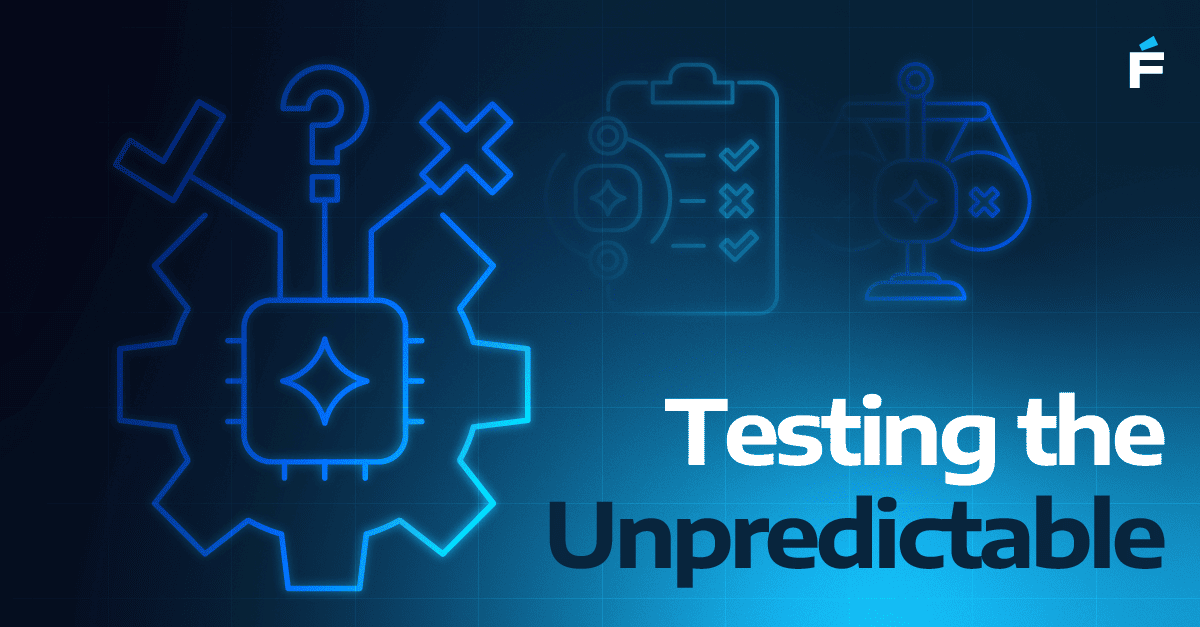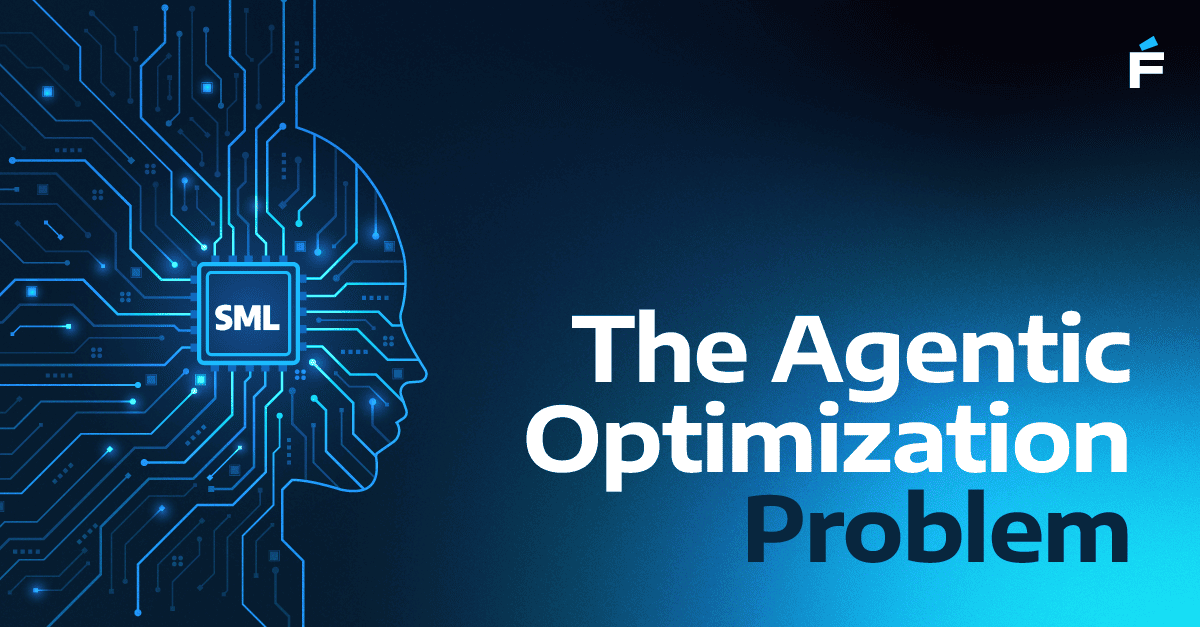Large Language Models (LLMs) are revolutionizing software development. Integrated into many tools, these AI-powered systems help developers code faster and more efficiently. However, with great power comes great responsibility, especially regarding security, licensing, and intellectual property compliance.
This article covers best practices to ensure secure and responsible use of LLMs in code generation.
1. Understand Your Tool’s Data Policies
When you input code into an LLM or an IDE with LLM-based features, you may inadvertently share sensitive information, such as your organization’s private codebase. Knowing how your tool handles this data is crucial to preventing unintentional leaks.
Recommendations:
- Read the Fine Print: Carefully review the tool’s data policies. Check whether it stores prompts or usage data, for how long, and under what conditions.
- Use Enterprise or On-Prem Solutions: Where possible, use enterprise-grade or on-premises versions of LLM tools to ensure data stays within your organization's control.
- Anonymize Your Code: Before sharing snippets with the LLM, remove proprietary identifiers (e.g., function names, comments, or metadata) that could compromise confidentiality.
- Sandbox Environments: Use isolated environments for experimentation and testing to prevent sensitive data from being exposed.
Additional Tip: If unsure about the policies of a third-party tool, involve your organization’s legal or compliance teams to evaluate its usage risks.
2. Keep Secrets Out of Your Prompts
Including sensitive information such as configuration files, credentials, or tokens in LLM prompts can lead to significant security risks, especially if the tool logs or shares data for model training.
Recommendations:
- Redact Credentials: Replace sensitive data like API keys, tokens, and passwords with placeholders (e.g., MY_SECRET_KEY).
- Use Secure Storage: Store sensitive data in secure locations like environment variables, secret managers, or encrypted files.
- Review Before Sending: Always review code snippets before inputting them into an LLM to ensure sensitive information is excluded.
Practical Advice: Consider automating this process with static analysis tools that scan for sensitive data in prompts before submission.
3. Be Mindful of Licensing Issues
LLMs may inadvertently reproduce code snippets resembling open-source or proprietary code, leading to potential licensing conflicts. This is particularly important when integrating generated code into proprietary or commercial products.
Recommendations:
- Scan Generated Code: Use tools like FOSSology, GitHub’s dependency review, or Snyk to detect potential licensing conflicts.
- Apply Code Reviews: Treat AI-generated code like human-written code by subjecting it to thorough reviews for both quality and licensing.
- Document Sources: When identifiable open-source code is suggested, properly attribute it and verify its compatibility with your project’s license.
Additional Tip: If your organization deals with sensitive IP, restrict LLMs from generating code for regulated or proprietary functions.
4. Limit Context to Relevant Snippets
Providing excessive context when interacting with an LLM increases the risk of exposing sensitive information and may result in less accurate or relevant suggestions.
Recommendations:
- Scope Your Inputs: Share only the specific snippet or function for which you need assistance. Avoid pasting entire files or systems.
- Isolate Sensitive Code: Keep critical sections of your codebase (e.g., cryptographic logic or proprietary algorithms) out of prompts.
- Use a Private Sandbox: Experiment with AI-generated suggestions in a controlled environment before integrating them into production systems.
Practical Advice: Adopt prompt engineering techniques to guide the LLM effectively, ensuring it focuses on the problem at hand.
5. Keep Humans in the Loop
While LLMs can generate compelling and syntactically correct code, they may introduce bugs, inefficiencies, or security vulnerabilities. Human oversight is critical to mitigating these risks.
Recommendations:
- Review Suggestions Thoroughly: Evaluate AI-generated code for adherence to coding standards, security best practices, and project requirements.
- Collaborate Through Pair Programming: Involve team members in reviewing and integrating AI suggestions, especially for complex or critical components.
- Test and Validate: Subject AI-generated code to rigorous unit, integration, and QA testing to confirm its correctness and reliability.
Practical Advice: Implement automated testing pipelines to validate AI-generated code before merging it into production.
6. Stay Current with Security Patches and Model Updates
Both the LLM and its associated tools are likely to receive regular updates, including security patches and new features. Missing updates can leave your workflows vulnerable or outdated.
Recommendations:
- Enable Auto-Updates: Configure tools like IDEs and plugins to update automatically.
- Monitor Vendor Notices: Stay informed about security advisories, policy changes, and feature enhancements from your tool provider.
- Contribute Feedback: Report issues or inaccuracies in generated code to help improve the tool over time.
Additional Tip: Periodically review your toolset to ensure it aligns with current industry best practices.
7. Establish Clear Organizational Policies
Even with personal diligence, team-wide risks may arise if others use LLMs irresponsibly. Establishing clear policies ensures consistent and secure use across the organization.
Recommendations:
- Create Internal Policies: Define when and how LLM tools can be used, including restrictions on sharing sensitive data.
- Educate Your Team: Conduct training sessions on topics like licensing, security, and ethical AI usage.
- Audit Regularly: Periodically review codebases and LLM usage logs to ensure compliance with organizational policies.
Practical Advice: Incorporate these policies into your development guidelines and make them easily accessible to all team members.
Bringing It All Together
LLM-powered code generation is transforming software development by increasing productivity and enabling innovation. However, the convenience comes with responsibilities. By following best practices such as securing sensitive data, reviewing generated code, and implementing organizational policies, you can harness the full potential of LLMs while mitigating risks.
These guidelines are a starting point—adapt them to meet the unique needs of your organization. By prioritizing secure and ethical practices, you can maximize the benefits of LLM tools without compromising on security, compliance, or quality.
«LLM-powered code generation is transforming software development by increasing productivity and enabling innovation.»




